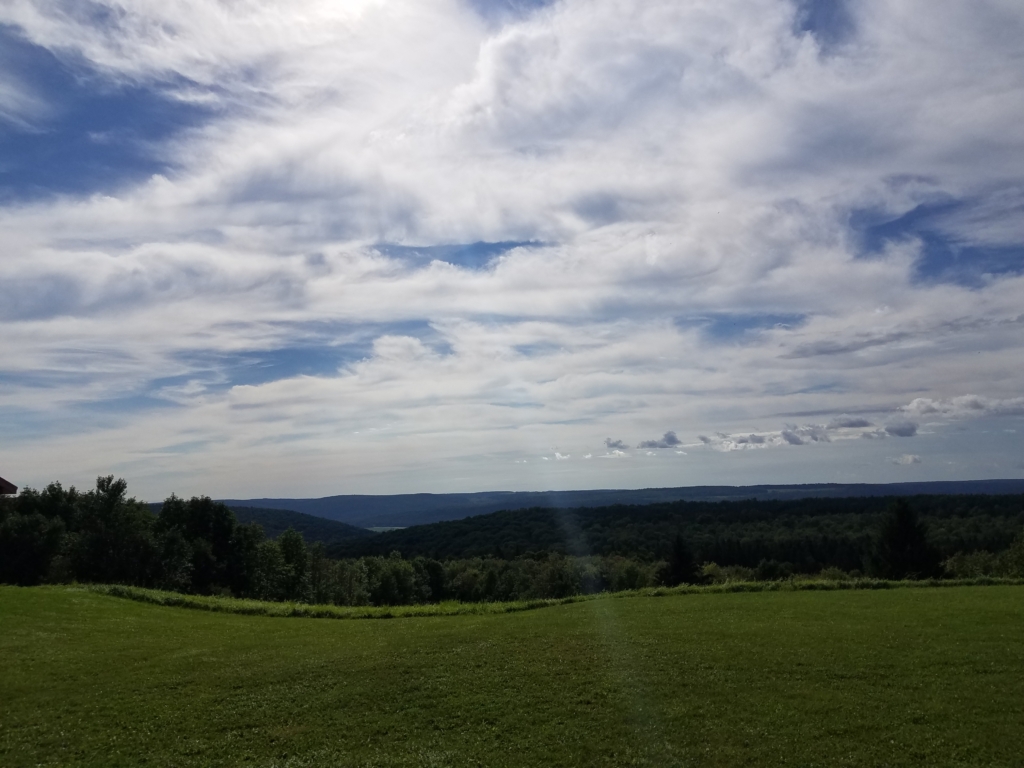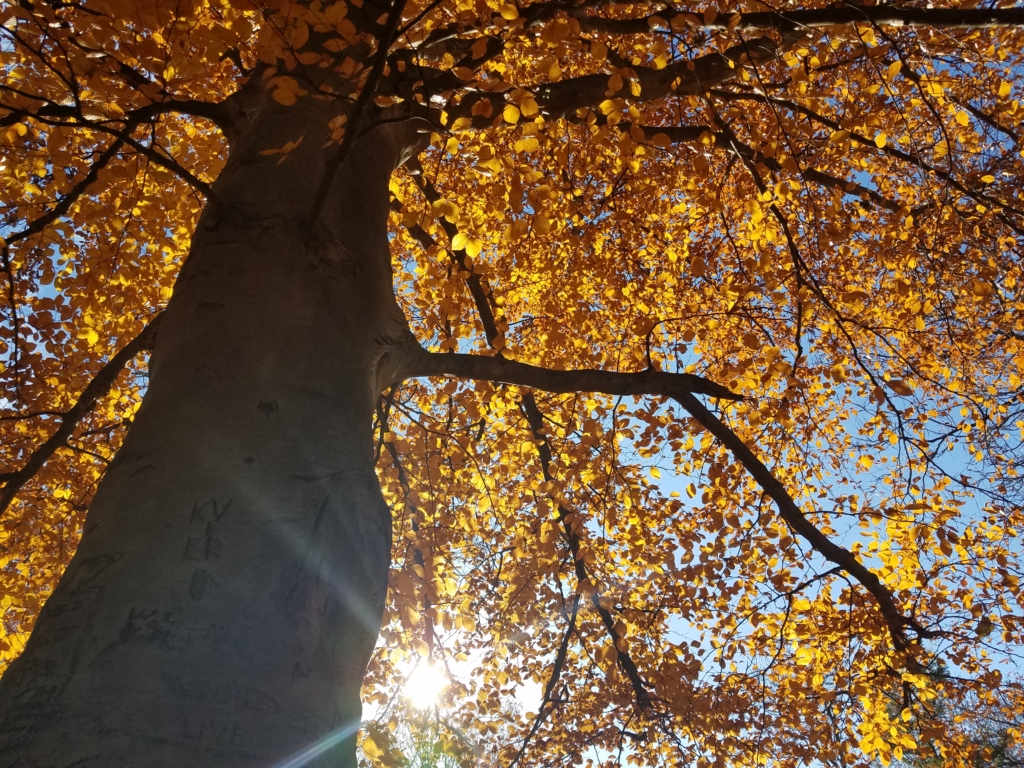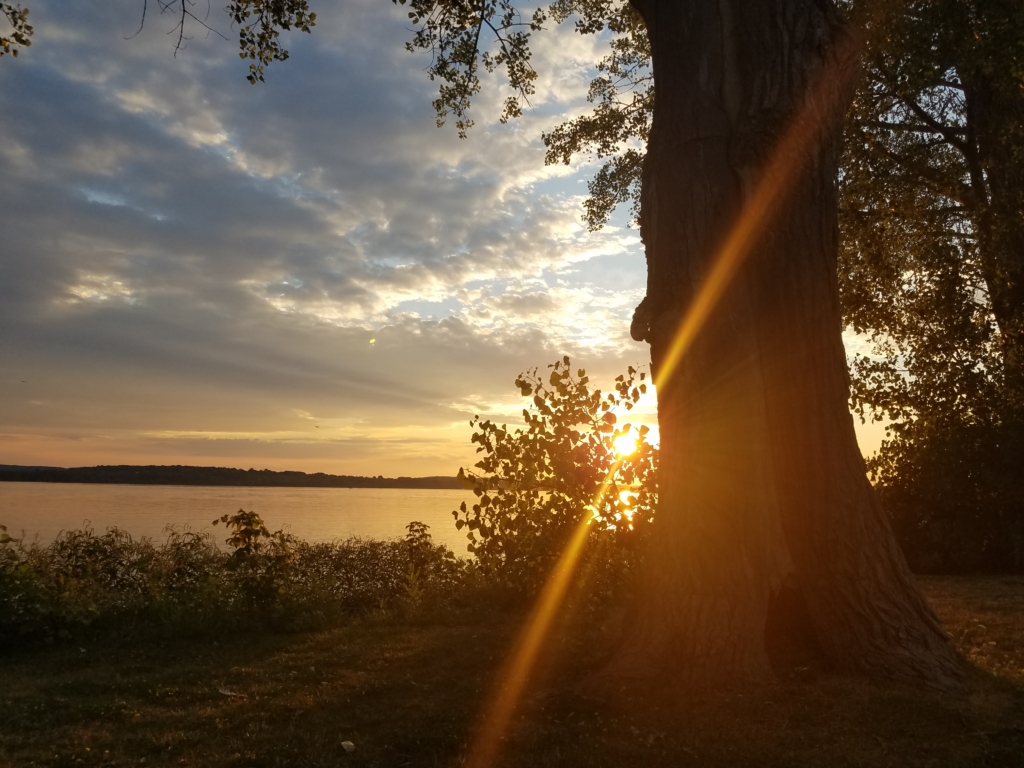
One of my first graduate-level courses was entitled Landscape Ecology (EFB 650). Landscape ecology is the study of the relationship between spatial pattern and ecological process, including causes and consequences of those interactions. As part of the class, we had to design and conduct a study that incorporated one or more concepts that we learned over the course of the semester. I worked together with a group of four other people to assess habitat connectivity for bobcat across New York, considering habitat fragmentation is a core concept of landscape ecology and a topic that interests me. Connectivity for bobcat had also at the time not yet been examined within the state. To conduct our study, we used protected areas as habitat “patches” (areas with habitat for bobcats) and created our maps within a geographic information system (GIS) by using shapefiles of protected areas downloaded from the New York State GIS Clearinghouse. We then used a GIS extension, Conefor, that evaluates habitat connectivity.

By going through the scientific literature, we were able to determine average bobcat home range size and maximum dispersal distance capacity of the species. These values in turn were used to specify the minimum size requirement of a protected area to be considered a habitat patch, and the threshold distance by which patches could be considered “connected.” The values were then entered into Conefor. We additionally split New York State into three regions (north, south, west) to assess connectivity within each region, considering land use generally differs between the north, south, and west. Final maps categorized each protected area as “excellent,” “good,” “fair,” or “poor” in terms of how well it was connected to other patches and enhanced connectivity generally across the landscape. Our results showed that connectivity was high within all three regions for bobcats, and that losing protected areas in the south of New York would be particularly detrimental. We also noted that patches in the west are smaller and more dispersed than those of the north or south, which may be attributed to higher agricultural activity in the west while the northern and southern parts of the state have the heavily forested Adirondack and Catskill Parks.

The scientific abstract is posted below. Our final paper was also formatted according to the guidelines of the Landscape Ecology journal.
Context.
Like many carnivores, the widespread bobcat (Lynx rufus) is experiencing population increases across its current range. It has been suggested that bobcats in New York are expanding their range, yet it is unknown to what extent the landscape facilitates dispersal between patches of habitat.
Objectives.
Here, we aim to uncover the structural connectivity for bobcats in the state of New York.
Methods.
We separated the state into regions based on their ecoregional differences, and investigated structural connectivity between IUCN protected areas, which serve as a proxy for suitable bobcat habitat. We calculated the importance values of the integral index of connectivity (dIIC) and probability of connectivity (dPC) within these three regions.
Results.
All regions had good to excellent connectivity, suggested to be due to the high dispersal capacity of bobcats and the northern and southern regions having a group of strongly protected adjacent patches. Protected areas in the western region were much smaller and more dispersed.
Conclusions.
Almost all the best patches across the three regions were classified as IUCN level 1b (wilderness areas), and losing large patches in the southern region would be particularly detrimental to connectivity for bobcats. We suggest further analyses to uncover the effects of different scenarios of future fragmentation, taking into account also functional connectivity.